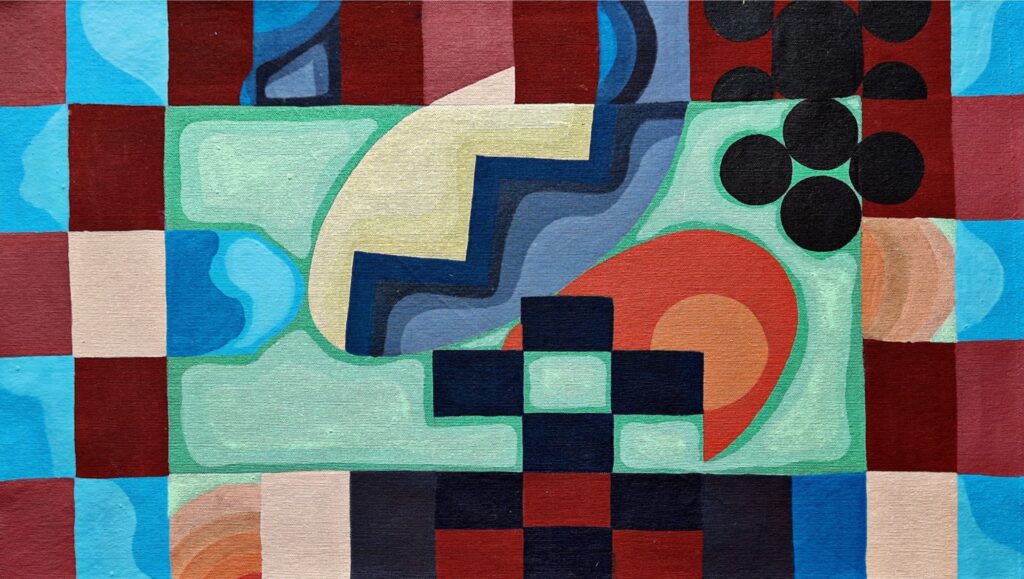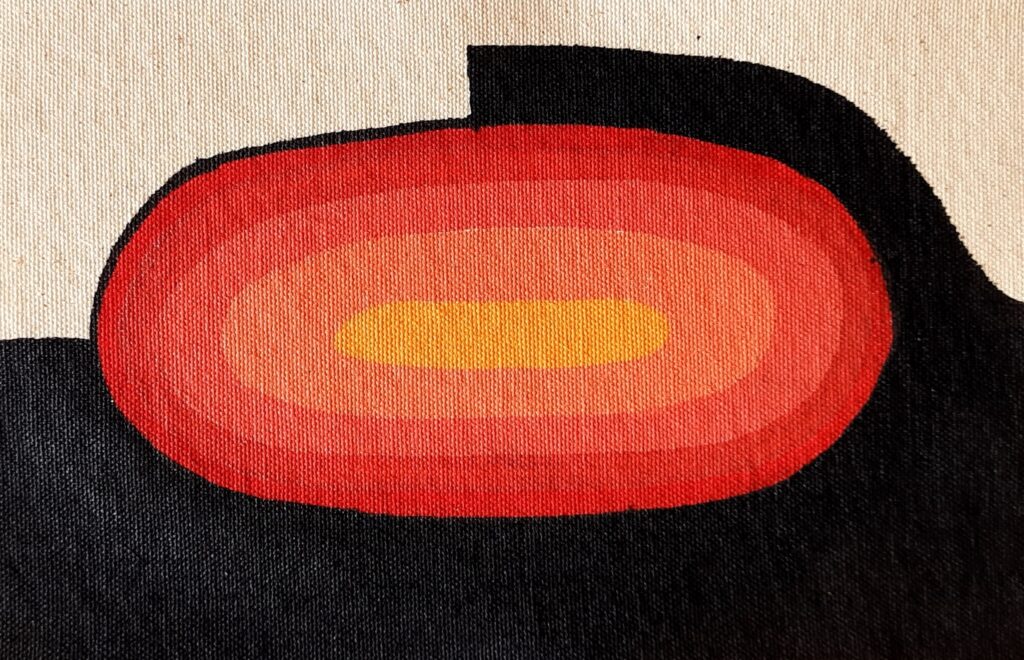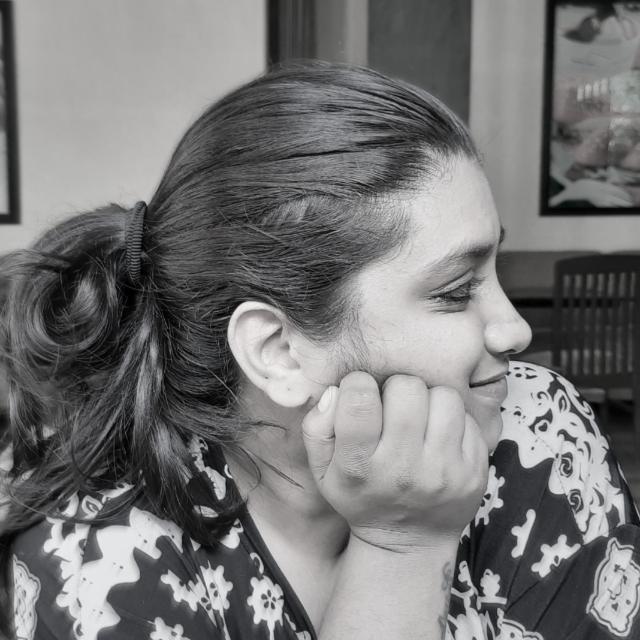‘Nakshi Shaaj’: Contemporizing the Traditional Craftsmanship of the Sylheti Community | Gurugram, India
Indian artist Antara Dey received EAS seed support this year for 'Nakshi Shaaj’. In this project, Antara explores identity and subconscious memory, as she works to create a contemporary archive of Sylheti art and culture through her paintings. We are pleased to present her description of this ambitious ongoing project from its conception to the first stages of realization.

ARTIST PROJECT DESCRIPTION
Over the past couple of years, I have been extensively researching the culture, folklore, myth, superstitions, and ways of my community, Sylheti. Sylhet is a city in eastern Bangladesh, on the Surma River. I was born and bred in India after my great grandparents migrated to Shillong, a city in the North-East of India. Although my family and our extended relatives all spoke the language they brought with them from Sylhet (Sylheti or Silōti), things got diluted over the decades. We adapted to local culture, food habits, and phonetics, but deep down every member of my family wanted to be recognized as hardcore Sylheti.

As my research deepened, I realised that I had no idea about some of the most beautiful patterns, iconographies, themes and subject matter of Sylheti art, that is substantially used in the making of Sylheti nakshi pati or Shital pati. These are intricately patterned, handmade and woven mats that tell stories of folks from the community. Growing up, we had one such pati, but it didn’t catch my eye until a few months ago, while visiting home. It took me a while to realize that I have always been making such patterns in my paintings and how similar they looked to the ones in the pati. Was it subconscious memory? Was it coincidence? Or was it a combination of both?

I dove straight away into doing more pattern-research. This time I came across some hard-hitting news–none of my Sylheti friends, cousins or people my age knew about the nakshi pati or its relevance. What is worse, was their indifference, or lack of interest, when I told them about it. I hated that! I was hurting!

Taking the reins in my own hands to make these storytelling patterns more common to my peers, I started this series. All the paintings in the series are true replications of the nakshi or patterns found on the mats. I plan on continuing this series and making it even more extensive. From the rarest to the most frequent and the oldest to the newest, I plan to make a visual archive of nakshi presented in a form that will not hurt sentiments, but will contemporize the folklore.

My work is mostly two-dimensional and features a lot of distortion in the form of figures, silhouettes, patterns, and symbols. I use acrylic and oil paints, which allows me to concentrate on creating a wide and busy range of colours in my pieces. To make my art interesting and help scatter the eye throughout the composition, I frequently use colours that clash and are traditionally thought to be 'ugly' colour pairings. The colours are intended to draw attention to the distorted cluster of shapes that I typically create, ensuring that my pieces never have a single focal point. I enjoy colouring in tones that are not even human. Despite the fact that some of my pieces deal with serious folkloric trends and tales, I believe my paintings can create an experience for a rather large audience outside of the Sylheti community, and that is my ultimate goal.

